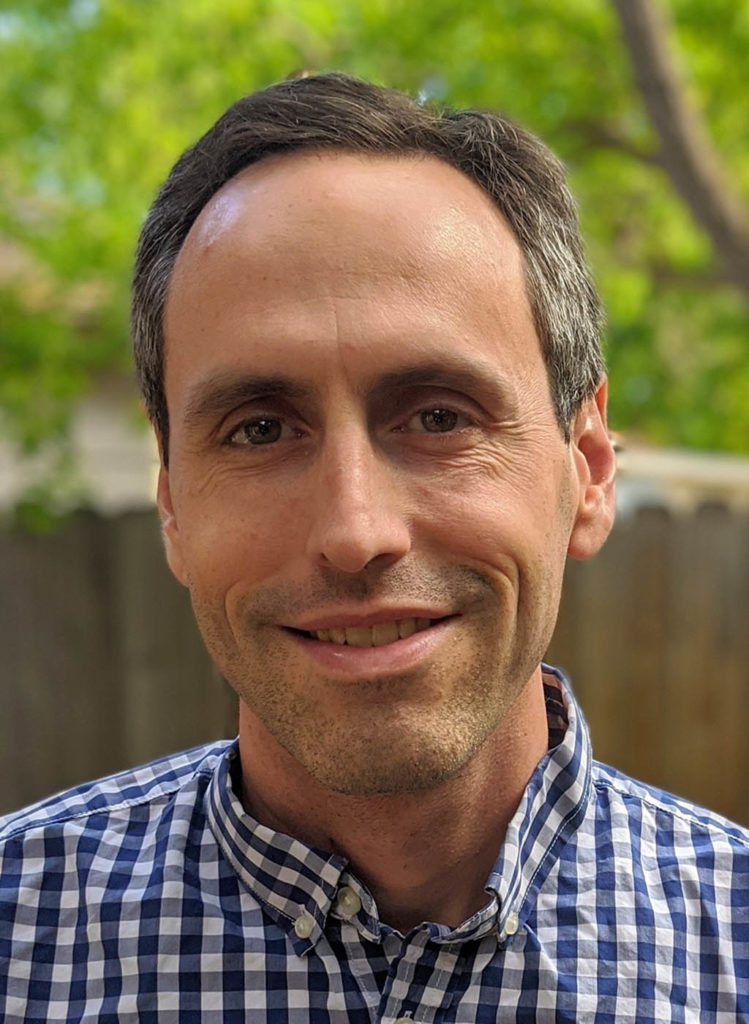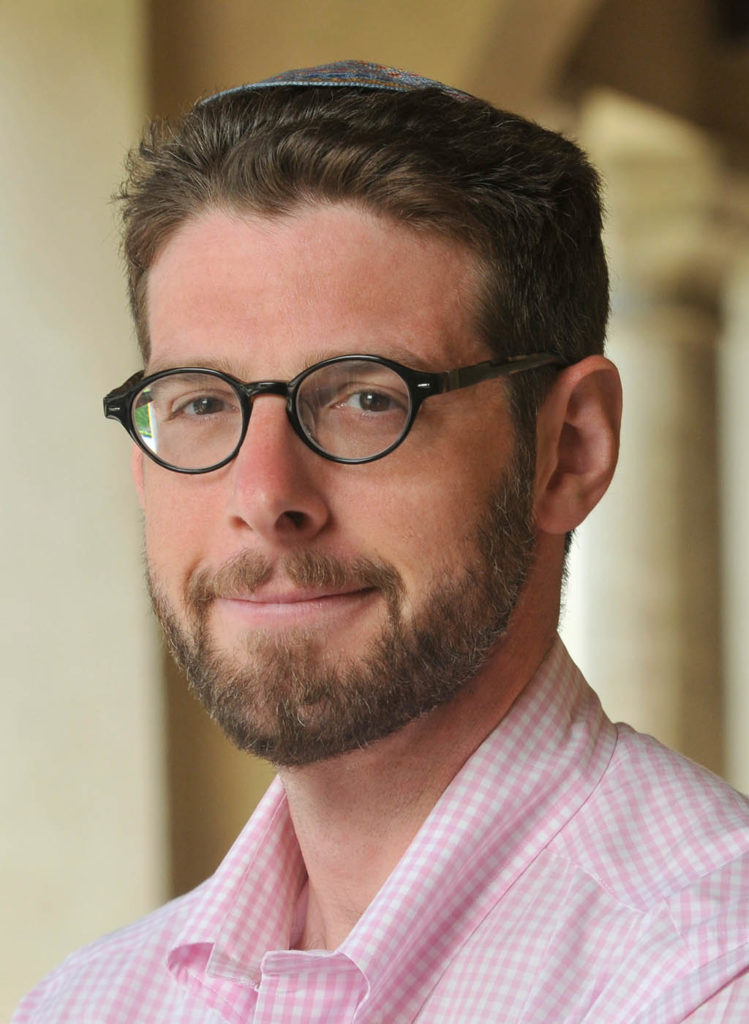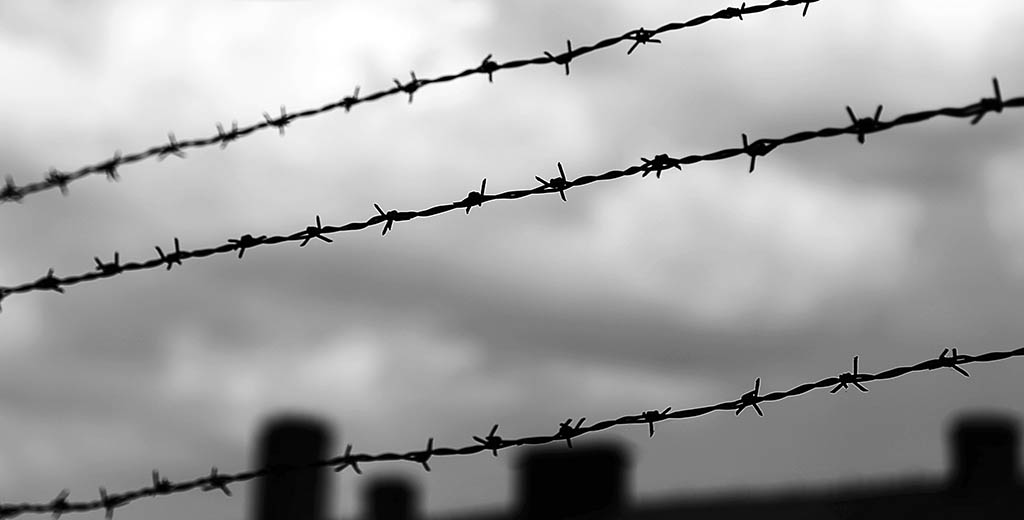The coronavirus has caused a significant health crisis in California's prisons. As of this writing, there are about 99,000 people incarcerated in the state, and more than 8,300 of them have tested positive for the virus causing COVID-19.
To stem the spread, Gov. Gavin Newsom has released more than 15,500 prisoners since mid-March -- many of them low-level offenders near the end of their sentence. More inmates who are either scheduled to be freed soon or have significant health risks are eligible for release by the end of August.
Researchers Jeremy Goldhaber-Fiebert, PhD, and Jason Andrews, MD, are leading a Stanford Medicine team focused on assessing the crisis inside California's corrections facilities and evaluating strategies to contain the virus. The effort has funding from the Horowitz Family Foundation. Goldhaber-Fiebert is a decision scientist and mathematical modeler, and Andrews is an infectious disease modeler and clinician.
I spoke with them for a 1:2:1 podcast. This Q&A is condensed and edited from that conversation.
San Quentin State Prison has been described as the Chernobyl of COVID-19. Is that an apt description?
Goldhaber-Fiebert: I don't think I would use that term or that analogy. What it does call to mind is the fact that something very, very disturbing is happening. The growth has been very rapid and is incredibly upsetting.

Andrews: Outbreaks spread at an extraordinary pace in corrections facilities. San Quentin has had a terrible outbreak, but what people may not be aware of is that they went for about three months without having any cases. Then it hit, and within three or four weeks there were around 2,000.
These are almost unheard of rates and just extraordinarily high transmission in very short periods of time. The challenge is that once you recognize you're having an outbreak, it's almost too late to contain it.
What things are most concerning and mysterious about the coronavirus?
Andrews: We have a limited understanding of how COVID is able to spread so efficiently through these facilities and what effect various strategies for containing it are having.
The truth is we don't have a lot of historical or specialized knowledge, or strong scientific evidence about how COVID-19 spreads, what to do and what works to contain it. That's what worries me at the moment. We know that hand-washing, mask-wearing, and diagnostic testing are useful, but it's not yet clear that having those in place is sufficient for preventing outbreaks.
Where are you right now in terms of intervention?

Goldhaber-Fiebert: I would say we're midway through the beginning. There's a lot to be understood yet. There's a lot of additional policies and decision-making that needs to happen. There will be echoes of a second wave in the community that will also be felt in incarcerating facilities.
The people who are there each day are not just the inmates; there are workers, visitors and other people providing services. It would be a myth to say that the facility is truly isolated from the communities that surround it. I can't imagine that any facility will avoid higher incident rates. I hope we can minimize that by good prevention and testing policies.
I'm sure you hear, "Why should we care about people who are incarcerated?"
Goldhaber-Fiebert: First, it's important to care about people's health -- full stop. Second, fine, you don't accept that; we could have a parting of ways on that. I'll remind you that prisons and jails aren't islands. Transmission doesn't respect borders, it doesn't respect walls, and it doesn't respect prejudices. It will flow.
Even if you don't care about health and prevention in this particular population, as long as you care about your own, you should care about this.
Andrews: These are not discrete choices. If you don't control your disease epidemics in prisons, you will not be able to successfully control them in communities, because spillover does occur. We've demonstrated this in our work in Brazil by tracking tuberculosis bacteria genetically in prisons, and showing that we then find it later on in the community.
We want to work with the most vulnerable populations because they're the ones who need the care and attention the most.
Listen to more 1:2:1 podcasts on COVID-19 from Paul Costello at https://soundcloud.com/stanfordmed/sets/covid-19
Image by ChiccoDodiFC






